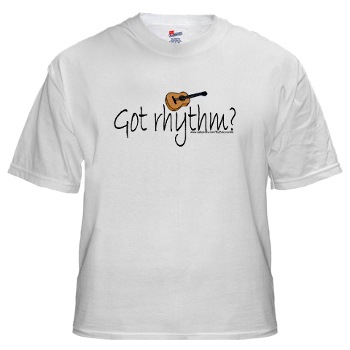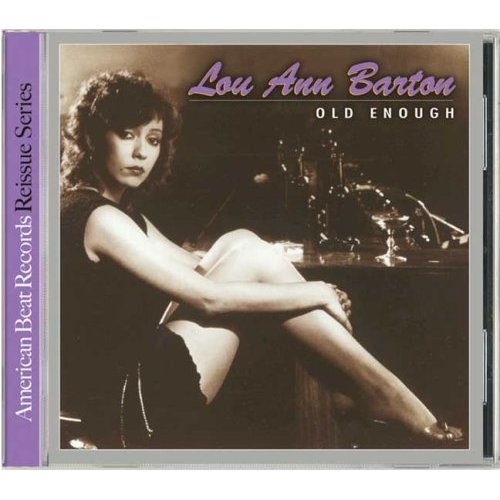I haven’t written one of these in a while, but Mick Green of the Pirates died last month, and it inspired me to take a look at the strain of pub rock that was about the ROCK. As we saw in earlier installments of this series, pub rock started out as a sort of weedy Americana, leaning towards the countryish and folky. But as the scene evolved, the British strain of maximum R&B came to the fore, and pub crowd came to prefer a rowdier night out. So pub rock was part of the awakening of sleepy early ’70s pop music, and it eventually came wide awake when it mutated into punk rock.
The roots of the Pirates go back to the early ’60s. As Johnny Kidd & the Pirates they were one of the first credible British rock groups. Their big hit was “Shakin’ All Over.” I can’t find a good YouTube of them playing it, so I’ll post this awesome clip of a version by another iconic early British rocker, Morrissey favorite Vince Taylor:
hPxmPdDQtQA]
Many people covered this song, notably the Who on Live At Leeds. It’s a great riff, but it’s not originally Mick Green’s. He joined the Pirates after it was recorded (in 1960 with Joe Moretti on lead) and left to join Billy J. Kramer & the Dakotas in 1964. Kidd died in a car accident in 1966.
As a side note, I’ll just copy this story from Wikipedia:
The original recording was not a hit outside of Europe. Instead, “Shakin’ All Over” gained fame in North America after Chad Allan and the Expressions covered it in 1965, where it was a #1 hit in Canada. Several months later, concerned that the effect of the British Invasion might eclipse the potential for success in the US by a Canadian act, the record label issued the song to radio stations in the States on a white label, with the artist listed as Guess Who? This became the first hit for the group in the states, reaching #22 and leading Chad Allen and the Expressions to change the group’s name to Guess Who.
Here’s the Guess Who’s version:
Continue reading »







